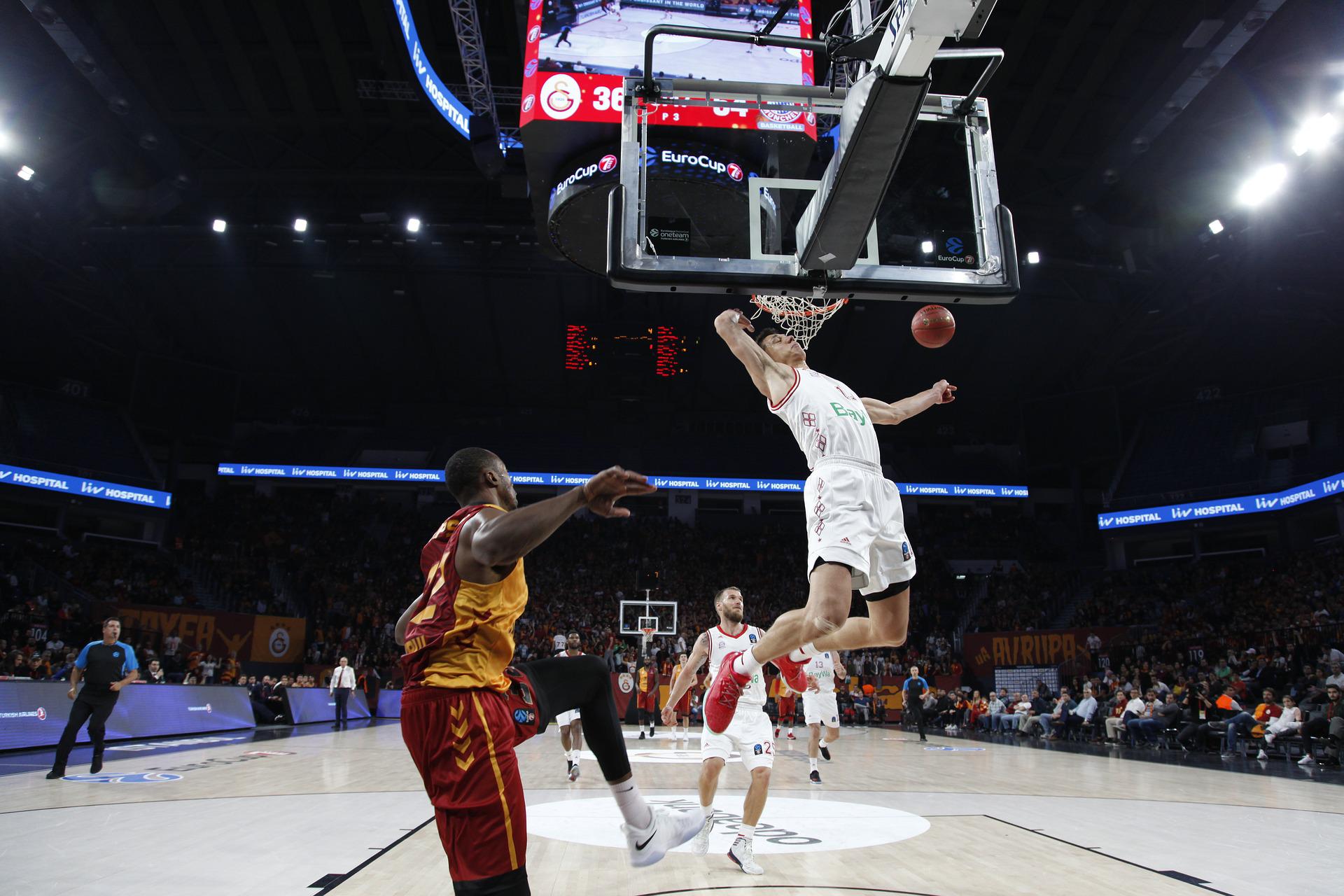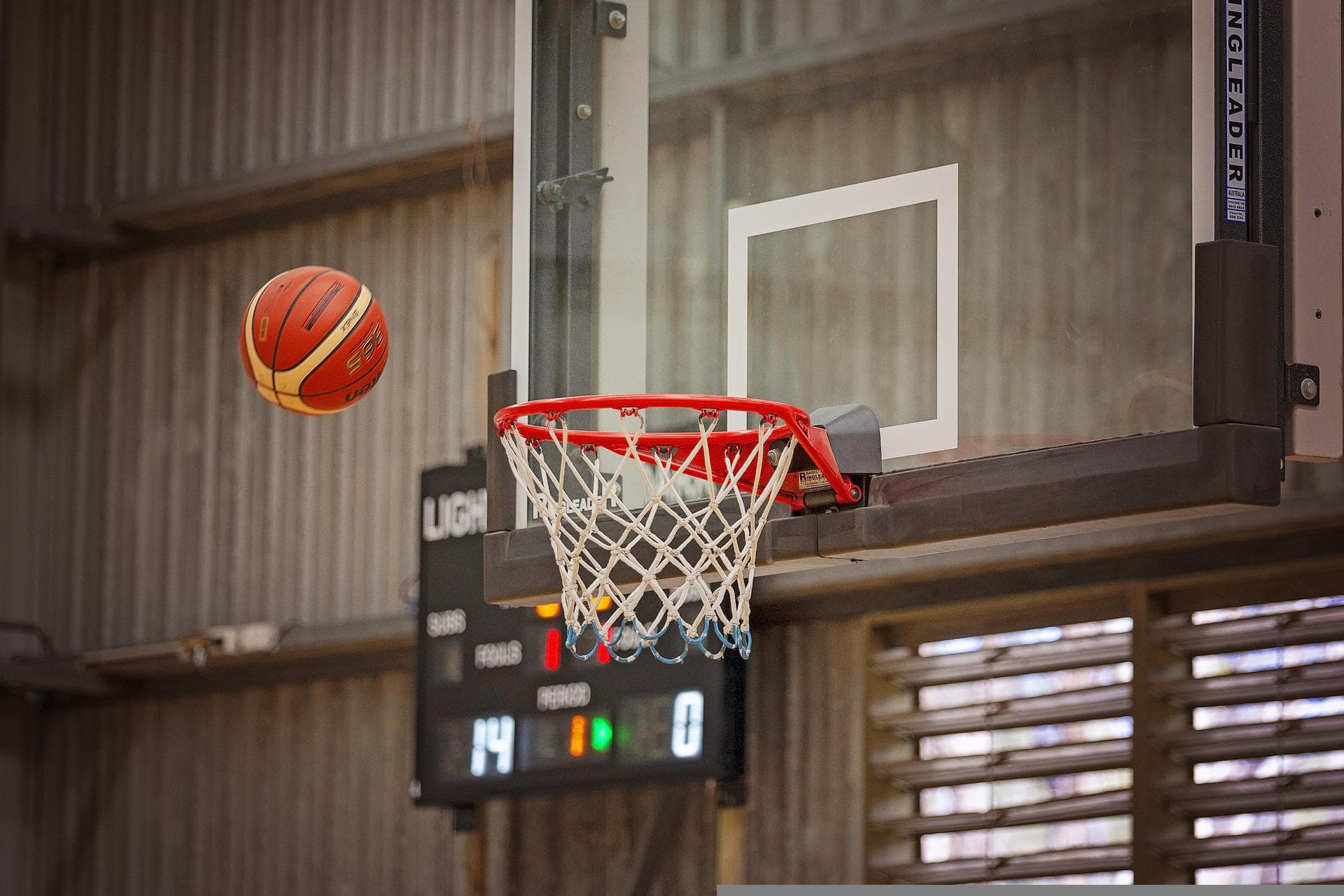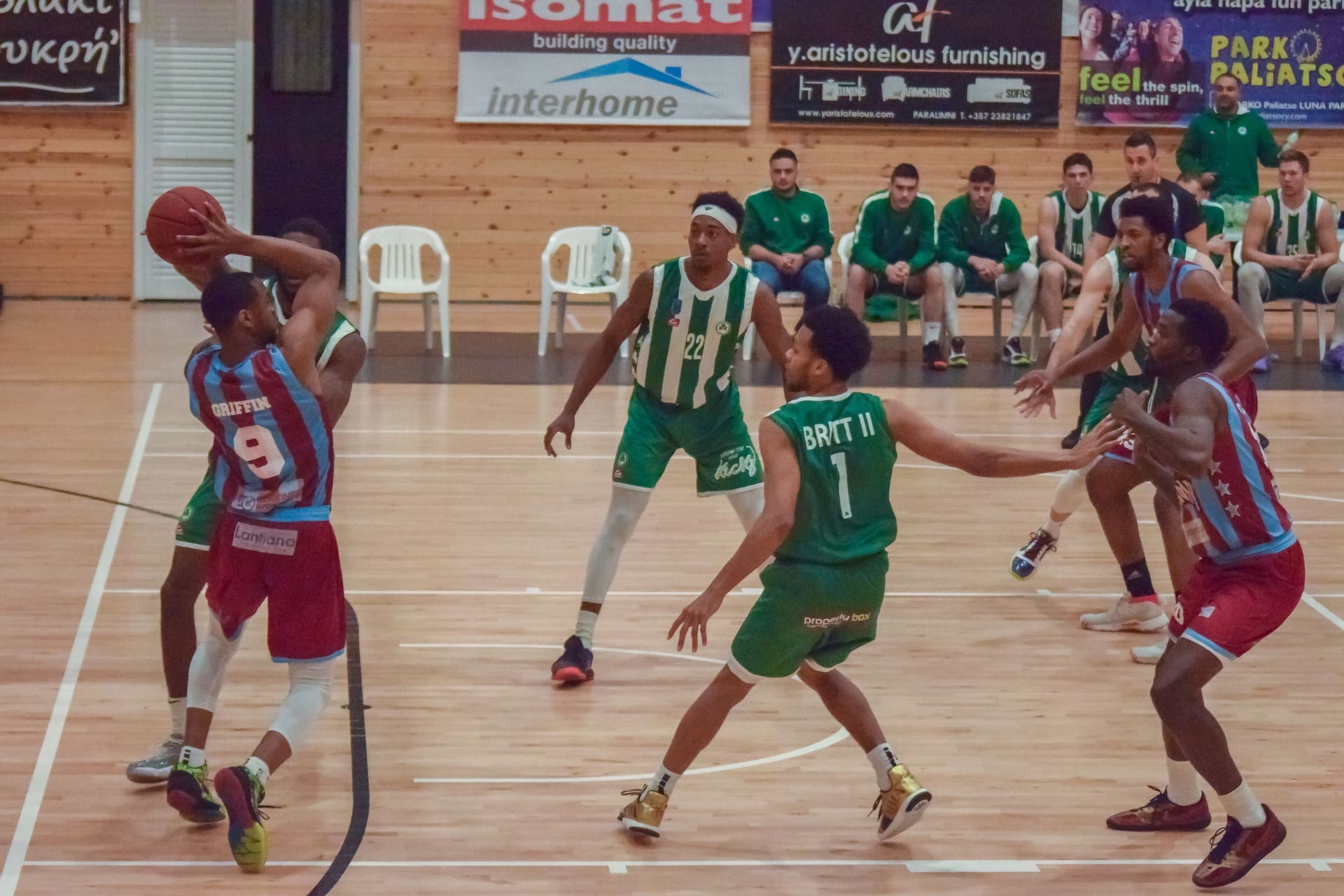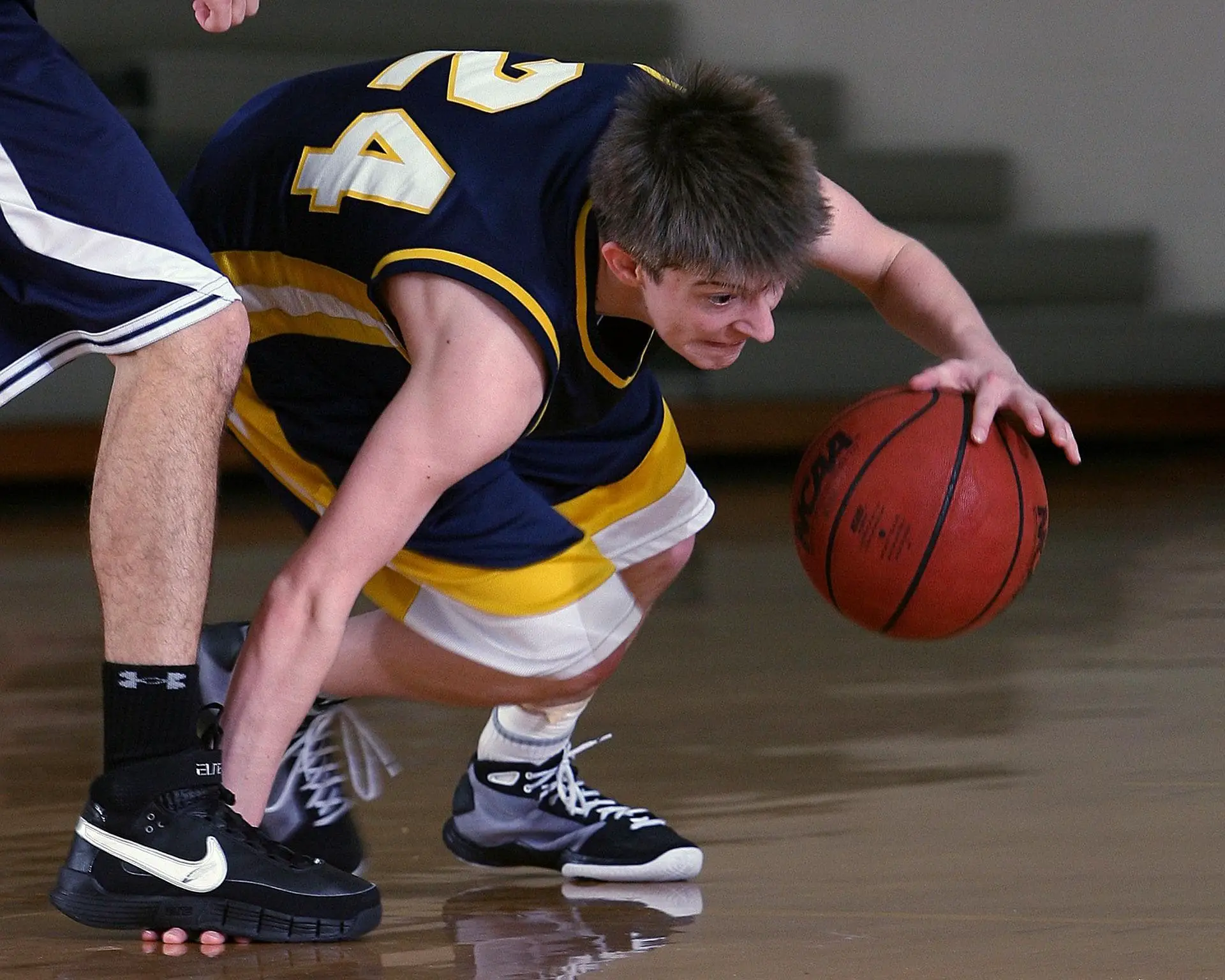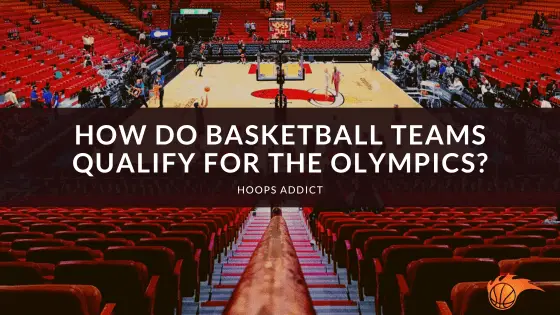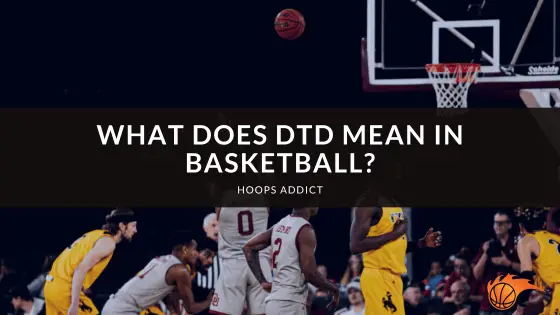The stats on a basketball box score are not always positive. That is because some stats also indicate something negative. One such stat that instantly pops out when talking about its negative effect on a game is the TO stat. This is a stat that coaches will always dread to see and will want to minimize as much as possible. But what does TO in basketball stats mean?
What Does TO Means in Basketball Stats?
When people think about basketball stats, they always see them as glamorous things in the sense that having better stats means being a better player. For the most part, this is true because stats do make a player look better. However, some stats can make a player and even an entire team look bad on paper and the court. We are talking about the TO stat, which is also often abbreviated as TOV. But what does TO in basketball stats abbreviations mean?
TO or TOV simply means turnover. This is the stat that is counted whenever a team gives up possession of the ball to the opposing team without the possession ending in a shot. So, if the other team could regain possession over the ball neither from a made shot or from a rebound off of a missed shot, that can be counted as a turnover.
When a turnover happens, the TO stat will be counted against the last player who held the ball when the turnover occurred. For example, if a player handling the ball stepped out of bounds, the turnover will be assessed against them. Similarly, even if a player threw a good pass to a teammate but could not catch the pass, the TO will be assessed to the one who passed the ball.
Like all of the other stats in a basketball game, all of the individual turnover stats of every player on the team will be added to make up the total turnovers of the entire team. This is an important stat for coaches and players to look at because it involves the entire dynamics of the team and the individual tendencies of each player.
Turnovers are never the most glamorous stats in basketball because this indicates how careless a team or a player is when handling the ball. The higher the turnovers are, the more likely the team will lose a game because the opposing team will have more chances of scoring. So, if the team went five turnovers more than the average turnover per game, the team essentially gives the opposing squad five free possessions. And if all five of those possessions end up turning into three-pointers, the team can potentially give up to 15 points with those five turnovers.
Of course, turnover stats start from the individual players. Coaches and players need to look at individual turnover stats first because this indicates how well the player takes care of the ball. The more prone a player is at turning the ball over, the less likely they should handle it. For the player’s part, more turnovers indicate the need for them to work on the crucial skills and decision-making when it comes to taking care of the ball.
However, turnovers are not always about individual faults because TOs can also happen when the team is not in sync or when the players on the court do not understand the play that the team is running. This can lead to miscommunication and confusion on the part of the players, such that a simple pass can end up turning into a TO.
For example, if the ball-handler in the NBA misreads a situation in that they pass the ball to the paint thinking that a teammate would be cutting to the basket during a set play, this can lead to a turnover. You cannot blame that entirely on the ball-handler because his job was to merely set the offense up and call plays. Instead, the fault can be placed on the player who failed to read the play and make the right cut to the basket. But there are also instances where the ball-handler makes the wrong read and passes the ball to the wrong spot.
This is where team dynamics and drills come into play. Teams should know individual tendencies and team plays to make it easier to make the right reads and passes during certain situations. The more that ball-handlers know where their teammates will be in any given situation, the less likely that the passes would turn into a TO. Similarly, if all of the players on the floor know what play they are running during a certain situation, the chances of turning the ball over will be minimized.
All that said, you can never discount the importance of keeping turnovers low. The best way for a player to keep the turnovers low is to focus on fundamentals and read the right plays. Meanwhile, for the coach, it is important to drill plays and offensive sets into the players’ minds so that they will be able to run plays fluidly without turning the ball over.
What Counts as a Turnover in Basketball?
As mentioned, the basic premise of a turnover is predicated on giving up possession of the ball without the possession ending in a shot attempt. This can be anything, but you need to know some of the most common ways of turning the ball over.
When a ball gets stolen upfront by a defender, this counts as a turnover. This is why, in most cases, the TO numbers of the team and the steals numbers of the opponents are correlated. The more steals the opponents have, the more turnovers the team will have. This can happen when the ball-handler gets the ball stripped by a talented defender or when a pass gets intercepted by an opposing player.
Turnovers that result from steals tend to be the most dangerous. These TOs can easily turn into quick transition points in a matter of seconds because the defense will not have enough time to set up. Of course, this is because such turnovers do not cause dead-ball situations.
A turnover also happens whenever the ball goes out of bounds without any players from the defending team touching it. This can happen when the ball-handler passes the ball, but a teammate fails to catch it properly, and it goes out of bands even without the defense touching the ball. There are also instances where the ball-handler was forced to step out of bounds due to a defender’s pressure or a simple mistake. All such instances can cause turnovers.
Another instance that can cause a turnover is when an offensive player commits an offensive foul. The turnover will be counted against the player who committed the foul. As such, this leads to a turnover and a personal foul on the player who committed the offensive foul.
Shot clock violations will also lead to turnovers. If the team fails to attempt a shot before the 24-second shot clock expires, the team will be assessed a turnover, which will be counted against the player who last touched the ball before the shot clock hit zero.
Any possession that allows the defending team to regain control over the ball without the attacking team taking a shot is considered a turnover. So, even if the attacking team attempted a shot but turned into an airball, that is not counted as a turnover because the airball is still a legal shot. Similarly, a blocked shot that the defending team could control is not a turnover on the part of the attacking team because the possession ended in a shot attempt.
What is the Average Number of TOs in Basketball?
The average number of turnovers per team fluctuates drastically depending on the style of play and on the era we are talking about. However, in recent years, most NBA teams average somewhere between 14 to 15 turnovers per game. This can lead to a total of 28 to 30 turnovers in a single basketball game.
It is important to note that the average turnover per game has been decreasing every single year. This can be due to the improved skills of today’s basketball players or the better team dynamics that most franchises have. In fact, during the 2020-21 season, the NBA recorded an all-time low of 13.8 turnovers per game, far from the 20.8 turnovers that teams averaged during the 1973-74 season.
What is a Good Turnover Ratio in Basketball?
The turnover ratio, which is the shortened way of referring to the assist-to-turnover ratio, is the number of assists over the number of turnovers a team or a player has. This is simply the assist numbers divided by the TO numbers. So, if a player averages five assists a game and two turnovers a game, the turnover ratio is 2.5.
A good turnover ratio is usually when a player has higher assists than turnovers. In most cases, this should be a 2:1 ratio or simply an assist-to-turnover ratio of two. So, if a player has a higher turnover ratio than two, that is already a good enough number. Similarly, if the team also has a turnover ratio of over two, that also means that the team is doing well.
But when the ratio falls below two such that the player or team is turning the ball over a lot of times without making up for those turnover numbers with assists, this means that there is something wrong. The player might not be taking good care of the ball, or the team might not be reading the plays and the situations well enough.
For example, when James Harden led the NBA in scoring during the 2018-19 season, he averaged five turnovers a game but only had 7.5 assists to make up for his turnovers. This translates into a poor turnover ratio of 1.5. That can mean that both he and his team might be relying too much on isolation plays, which minimizes the chances of Harden making plays for teammates while also increasing the chances of him turning the ball over.
Is Turnover Good or Bad in Basketball?
All that said, is turnover a good or a bad stat in basketball? Generally speaking, turnovers should be considered a bad stat in basketball because this indicates how much the player and the team are giving the ball up to the opponents. However, you should also take into account the assist numbers when looking at the team’s turnovers.
The more that a player or a team passes the ball, the more that the effects of the turnovers will be minimized because the passes translate into made shots that can help cancel out the effects of the TOs. This is why the assist-to-turnover ratio matters whenever you are looking at the TO numbers.
The numbers alone look bad. For example, Magic Johnson averaged 3.9 turnovers throughout his entire career. But when you factor in the 11.2 assists he averaged in his career, the effects of his turnovers are canceled out because most of his passes were converted into made shots for his team.
So, generally speaking, turnovers should be bad. However, high turnover numbers should not be judged entirely on their own because you still need to consider the assist numbers. If the turnover ratio is higher than two, you may be able to forgive the high turnover numbers. But when the turnover ratio is lower than two, that is when the turnovers become absolutely bad on both the player and the team.
But the turnover rate in basketball is the stat that is absolutely bad no matter how you look at it. The turnover rate is the percentage of turnovers that a player has per 100 possessions. So, the higher the turnover rate a player has, the higher the chances of that very same player turning the ball over. High turnover rates are generally bad because we are already looking at turnovers on a more focused lens without taking into account a player’s assist numbers.
Who Has the Most TOs in Basketball?
With a total of 4,592 career turnovers following the 2020-21 season, LeBron James has the highest turnover totals in the history of the NBA. He surpassed this tally during the 2020-21 season. Karl Malone previously held the record.
But, even though LeBron James has the highest TO total in league history, he makes up for this with his assist numbers. James has a turnover ratio of 2.11 as of the conclusion of the 2020-21 season. This means that he made up for his turnovers with his high assist numbers.
Wrapping Things Up: What is TO in Basketball Stats?
TOs or turnovers are generally some of the worst stats a player or a team can have in an entire basketball game. Still, turnovers are not entirely bad, especially when you factor in a lot of the things that can affect the outcome of an entire game. For example, even if the team has plenty of turnovers, it can still be fine as long as it has a very high number of assists.
All that said, turnovers are not glamorous stats, but any player or team can make up for the turnovers by converting passes into assists. This means that players and coaches alike must know the value of the fundamentals and the plays that will allow them to minimize turnover numbers and maximize assist numbers. The value of good basketball drills, both on the individual aspect and as a team, comes into play when talking about turnovers and assists.
Looking for more basketball stats? Check out our ultimate guide to basketball statistics here.


